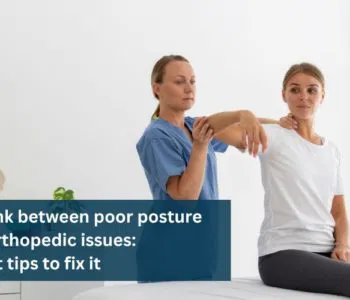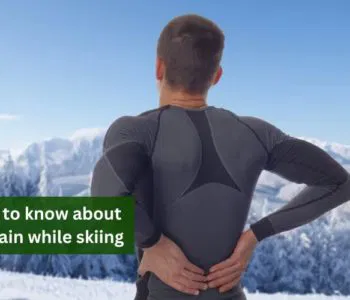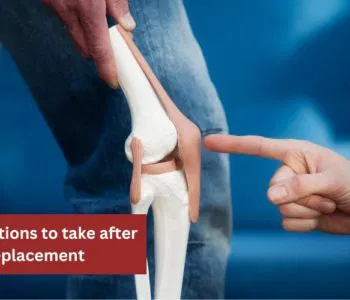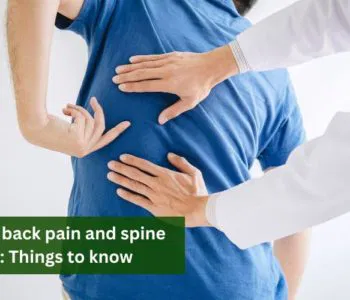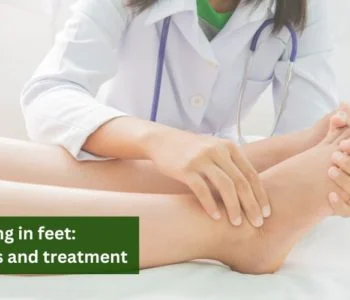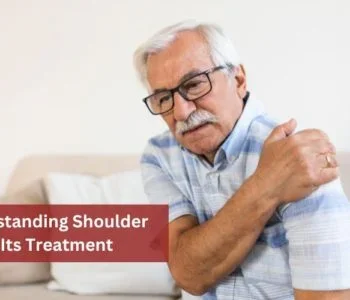Understanding SLAP tear and ways to prevent it
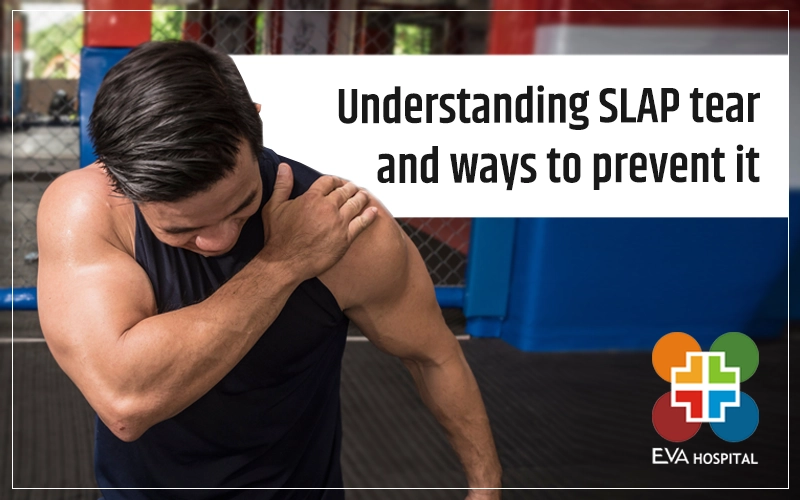 Orthopaedic
Orthopaedic
Understanding SLAP tear and ways to prevent it
Overuse of specific movements or injuries can cause damage to your shoulder, causing pain and discomfort. Nearly 10% of all shoulder injuries could be SLAP tears or labrum tears, a point of discussion in this article.
What is SLAP tear?
Superior Labrum, Anterior to Posterior tears (SLAP tears) is damaged in the labrum on the socket of the shoulder. More simply put, a SLAP tear occurs when there is a tear in the cartilage in the inner part of your shoulder joint. This condition is common in people engaged in racket sports, basketball, and softball since these sports rely on excessive overhead arm movement.
What is the labrum and how does it affect the shoulder?
A piece of soft cartilage found in the socket-shaped joint in the shoulder, the labrum cups the ball-shaped joint at the top of the upper arm, in effect connecting the two joints. The rotator cup helps the labrum keep the ball in the socket. In effect, the labrum allows arm movement while holding everything in place.
If the labrum is damaged, you may experience shoulder instability, severe pain, and swelling. Most of all, shoulder movements would become very restricted.
What are the types of SLAP tears?
Some of the most common SLAP tears include:
Type 1 SLAP Tear: Type 1 SLAP tear is the degeneration of the labrum his type typically affects middle-aged and older people.
Type 2 SLAP Tear: This type of tear is the most common where the labrum and the biceps tendon are torn off the shoulder socket. This tear is caused by abruptly lifting a heavy load and stressful overhead arm motion during sports. They result from repetitive stress on the shoulder.
Type 3 SLAP Tear: Type 3 SLAP tear occurs when the torn labrum tissue is caught in the shoulder joint.
Type 4 SLAP Tear: In this type, the labrum tear caused a tear in your bicep tendon.
SLAP tear: Symptoms
Some of the most common symptoms of a SLAP tear are dull and persisting pain and restriction of movement in the shoulder area and hands.
However, based on these symptoms alone one can’t reach a conclusion. To ascertain whether the pain around your shoulder is caused by SLAP year, visit a specialist who would prescribe Xray tests or MRI to know the specific cause behind the symptoms. Oftentimes, X-rays may not be effective in getting the full imagery and an MRI would be recommended.
Read More: Muscle Strains: Diagnosis and Treatment
SLAP tear: Prevention tips
Perform shoulder focussed warm-up exercises before heavy-duty sports or exercises to strengthen the joints. Since injuries can also cause SLAP tears, it is pertinent to learn the trick of not falling on your shoulder as a result of a slip during the game.
SLAP tears can also be avoided by keeping and maintaining the right posture.
